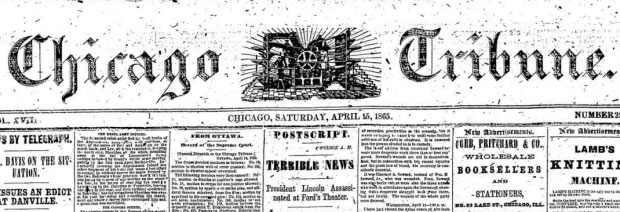Yellow journalism is known to be a style of writing or media that intends to grab a reader's attention through the use of exaggerated headlines or story-based writing in an effort to boost sales. The term, Yellow Journalism was coined in 1896 when the use of a cartoon the "Yellow Kid" in newspapers to increase sales. The addition of cartoons to increase sales quickly turned into story-telling or "dime novels" used for the same purpose.
Yellow Journalism used extreme exaggeration and sensationalism to shift public opinion, initiate war and push perspectives. A key starting point of Yellow Journalism or fake news occurred in the 1890s around the start of the Spanish-American war. The media fabricated a story about the sinking of the U.S.S. Maine in the Havana Harbor, supposedly caused by the Spanish. Although the story was fake, many news companies ran with headlines deeming the Spanish attacked the U.S. ship, inevitability starting the Spanish-American War.
Throughout history fake news or Yellow Journalism soared through the media, swaying public opinion and playing direct roles in the start of wars. We see misinformation ensue throughout the Vietnam War with the use of new video technology, and both WWI and WWII through over propaganda to influence elections. In later years the media directly influences public and political opinion with the use of propaganda strategies during the Cold War and the War in Afghanistan.
Currently, fake news is a common topic among U.S. citizens. We have seen an abundance of fake news claims throughout the pandemic with COVID-19. Depending on which news station you listen to or what articles you read will determine the "facts" you see. The media has pushed COVID-19 to have a relationship with politics and played a role in the 2020 election cycle.The media uses Yellow Journalism or more commonly known as fake news to grab the attention of viewers or readers. As a result of exaggerated headlines or stories, public opinion may shift, wars may ensue, and politics may be affected.
Sources:
https://history.state.gov/milestones/1866-1898/yellow-journalism#:~:text=Yellow%20journalism%20was%20a%20style,territory%20by%20the%20United%20States.
https://reporter.rit.edu/features/war-propaganda-and-misinformation-evolution-fake-news










